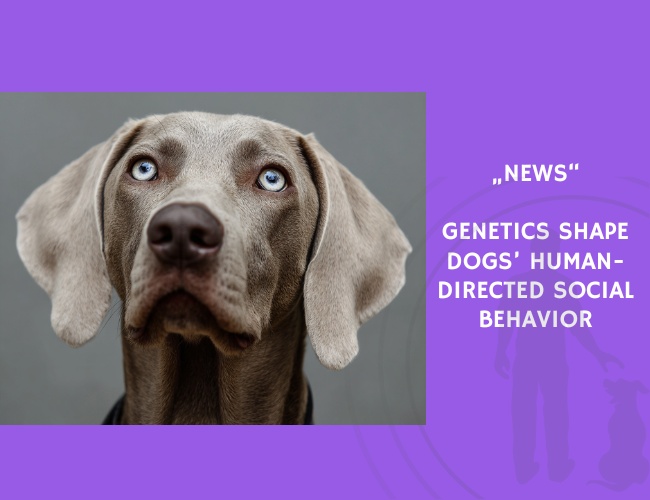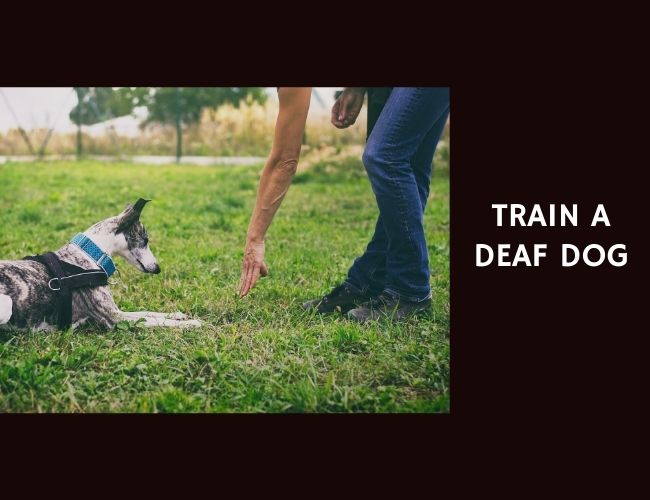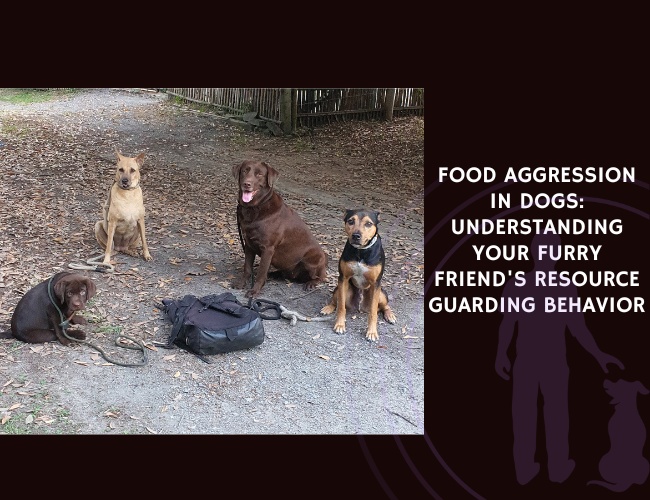Dogs have co-evolved with humans for thousands of years, developing unique abilities to communicate and seek assistance. A study published in April 2015 in Genes, Brain and Behavior investigated whether human-directed social behavior in dogs has a genetic basis. Using 498 research beagles raised under standardized conditions, researchers measured how dogs interacted with humans when faced with an unsolvable problem task.
Behaviors assessed included eye contact, physical contact, and overall social interactions. Data analysis revealed four behavioral components: test interactions, social interactions, eye contact, and physical contact. Female dogs scored higher on social and physical contact, while older dogs showed more frequent use of eye contact to seek human assistance. These findings highlight both genetic and experiential influences on social communication.
Heritability estimates showed that variation in the largest behavioral components had moderate genetic contributions, with narrow-sense heritabilities of 0.32 for test interactions and 0.23 for social interactions. Eye contact and physical contact were less strongly tied to heritable variation, suggesting that individual experiences play a larger role in shaping these behaviors.
The study concluded that human-directed social skills in dogs are partly genetically determined but can be enhanced through learning and experience. These findings provide a foundation for exploring the genetic underpinnings of social behavior in dogs, with possible implications for research into human social conditions such as autism spectrum disorders.
Source: Persson, M., Roth, L., Johnsson, M., Wright, D., & Jensen, P. Genes, Brain and Behavior, April 2015. https://doi.org/10.1111/gbb.12194










